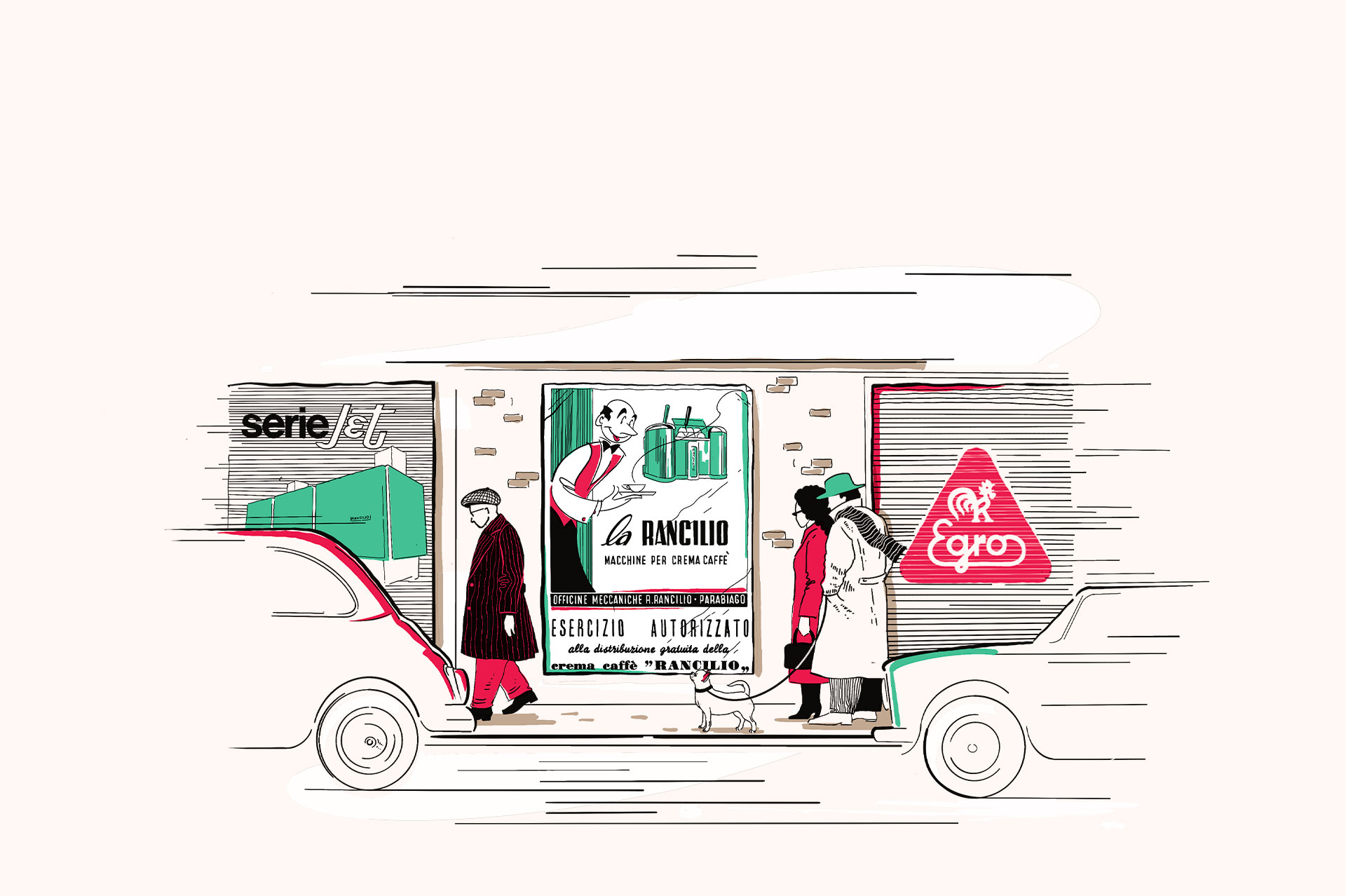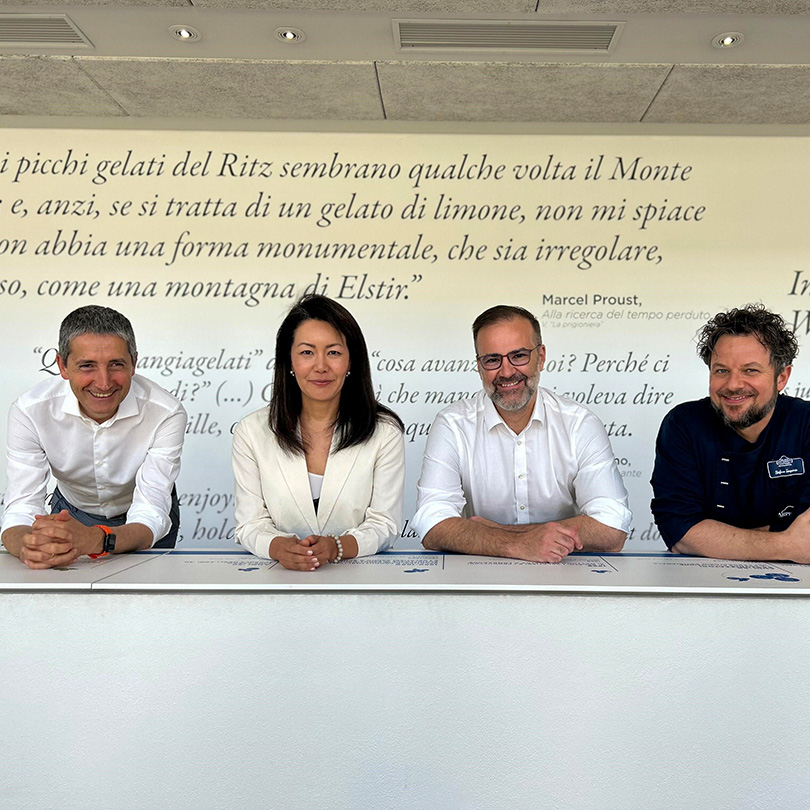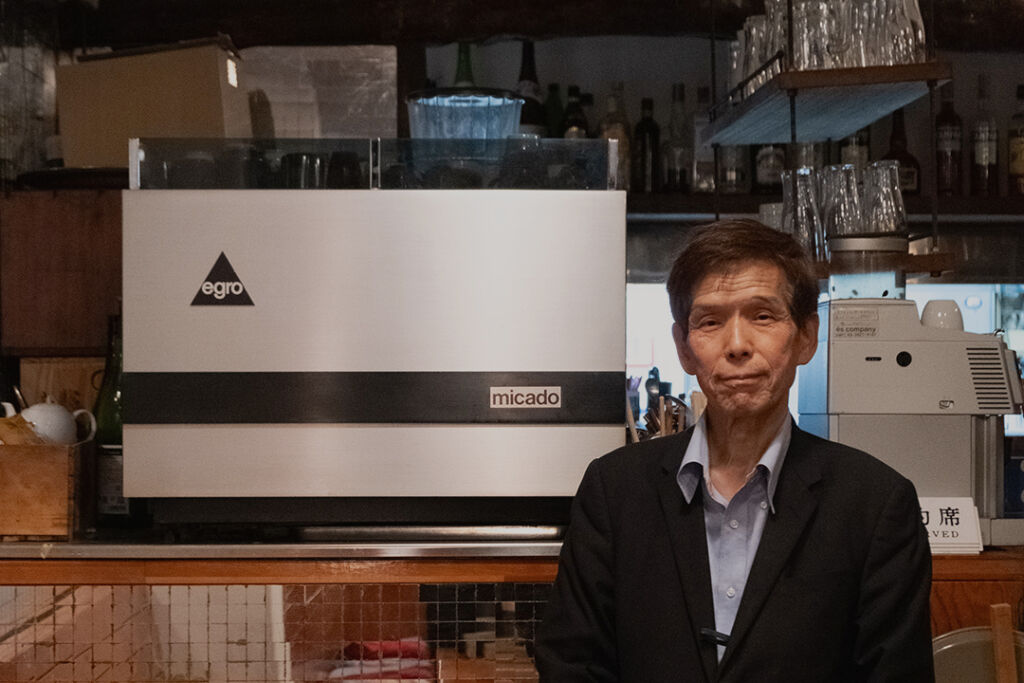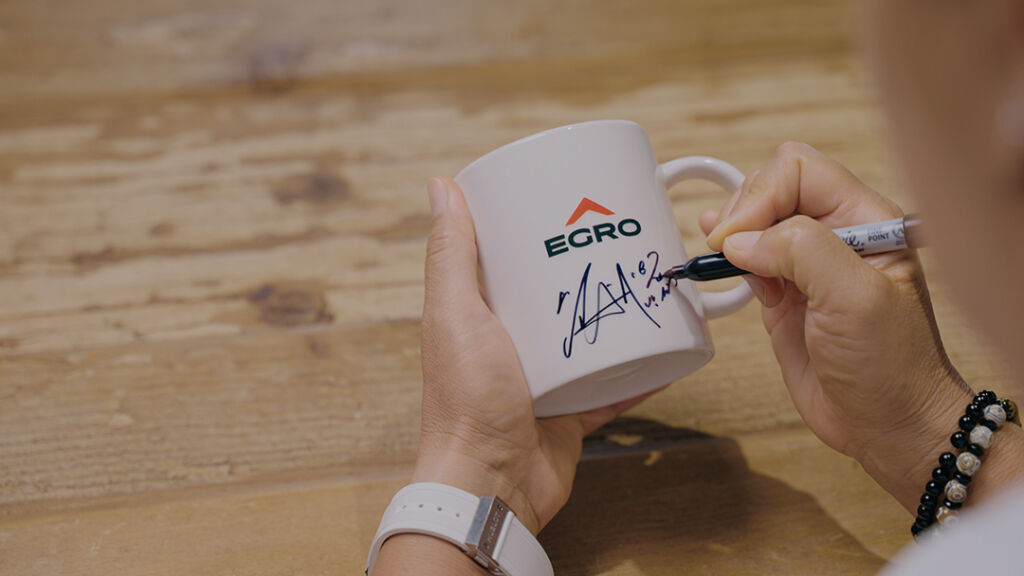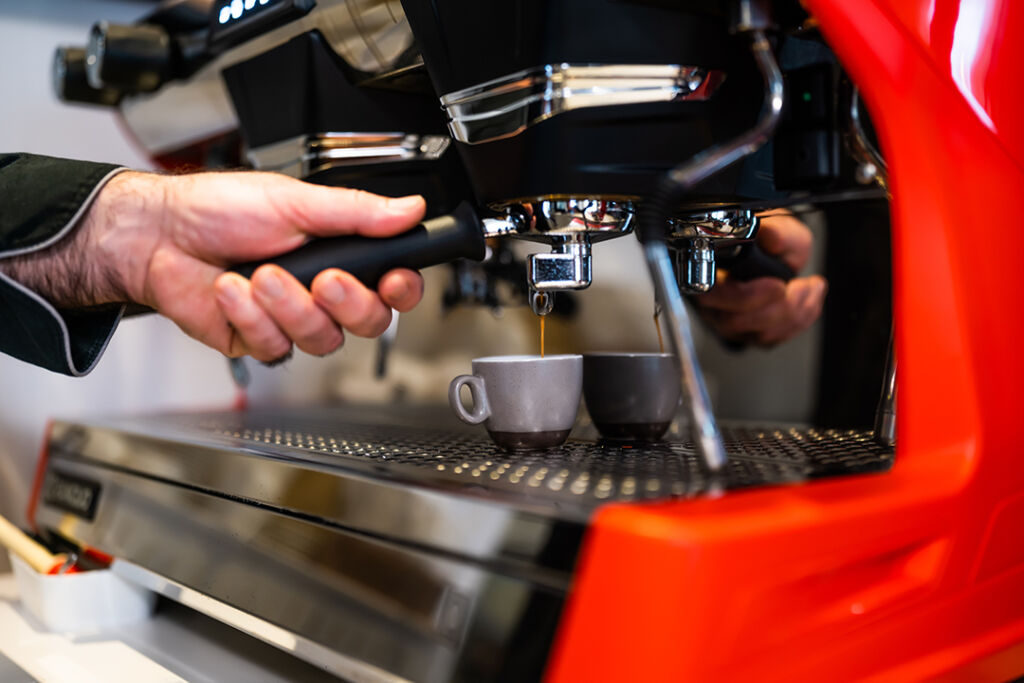
THE DESIGNERS
Our style of communication,
between art and design
Our coffee machines are born from the synergic work of designers, engineers and creatives.
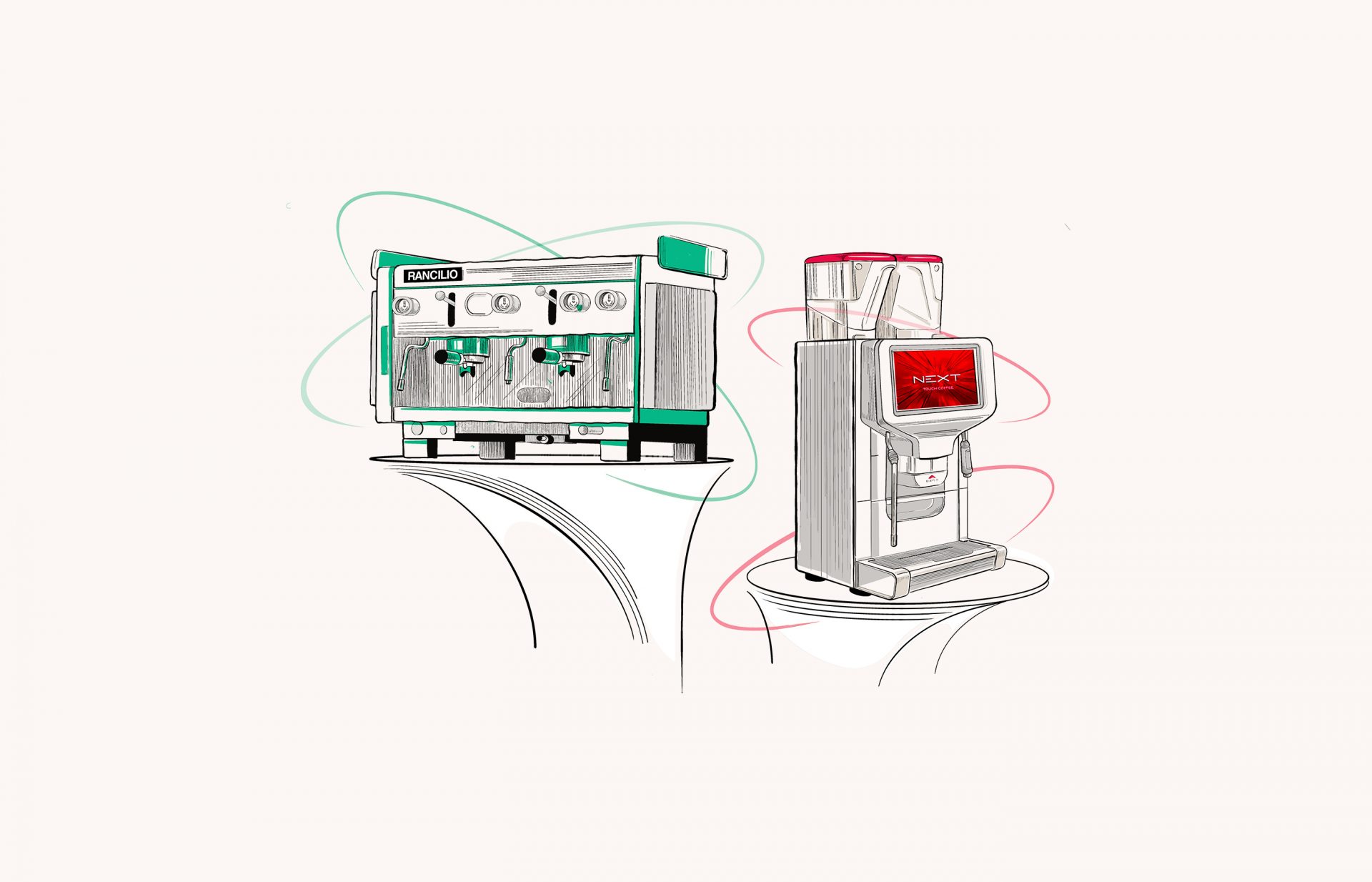
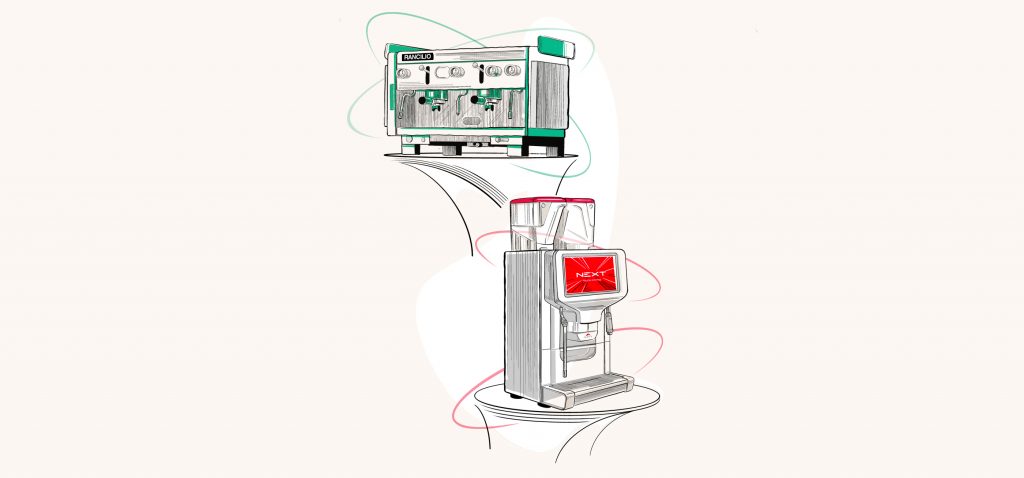
We collaborate with the most important designers to enhance our technologies and search for the perfect synthesis between functionality, style, ergonomics and aesthetics, respecting our tradition and company values.
Over the years we have worked with:
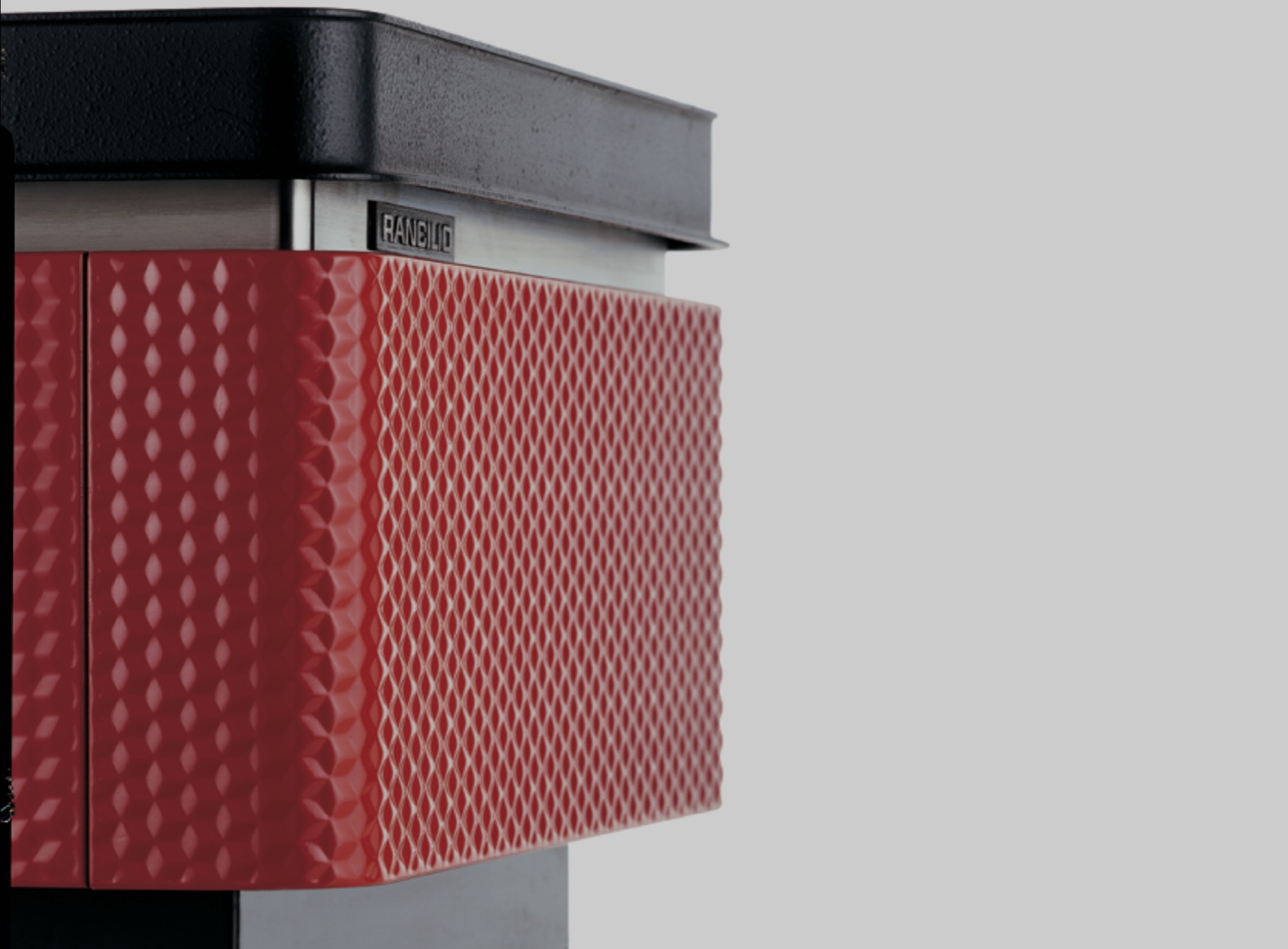
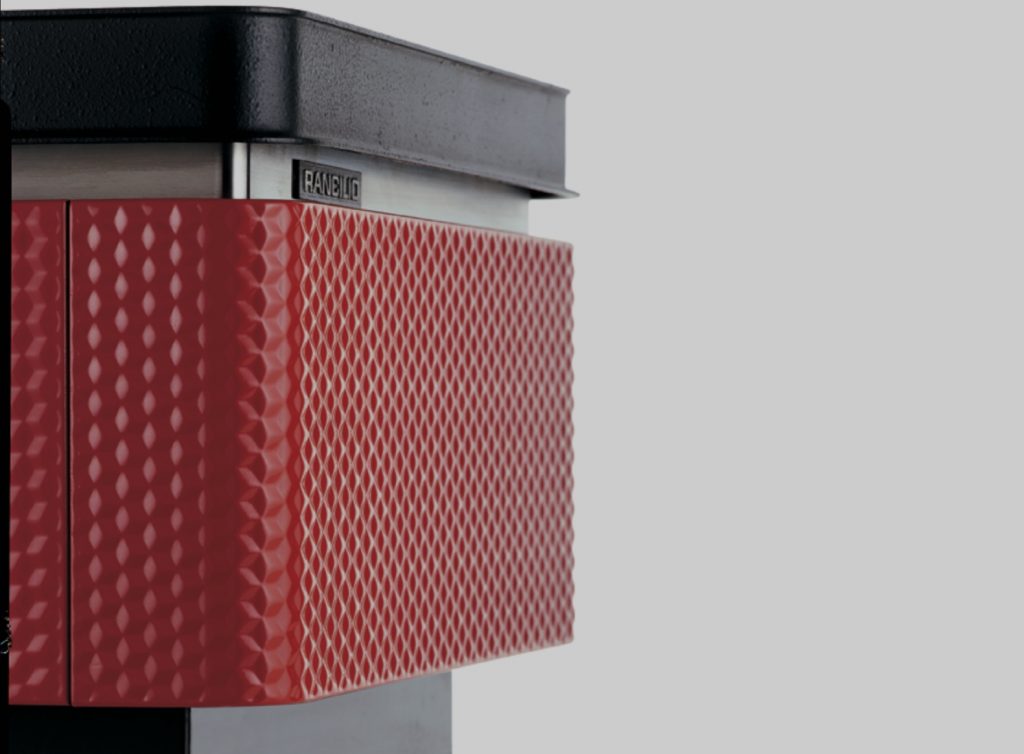

Marco Zanuso
Marco Zanuso was born in Milan in 1916. One of the main exponents of the Modern Design movement, Zanuso was a key figure in the worlds of architecture and design after World War II.He was one of the founders of the ADI and the Compasso d’Oro, which he won in 1956, 1962, 1964, 1967 and 1985 (lifetime achievement award). In partnership with Richard Sapper, he created typewriters, radios and televisions, phones and lamps that garnered prizes and awards around the world.
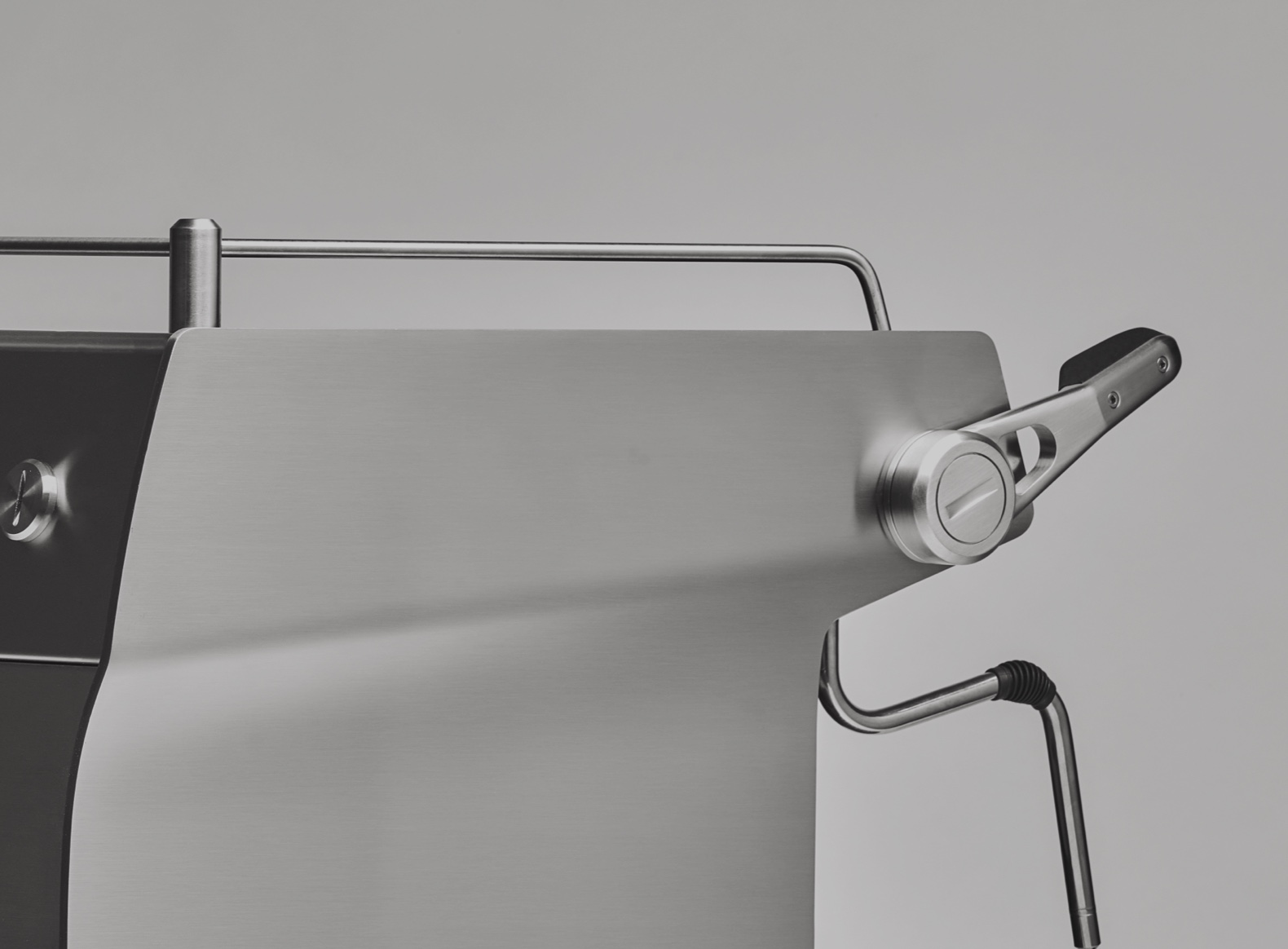
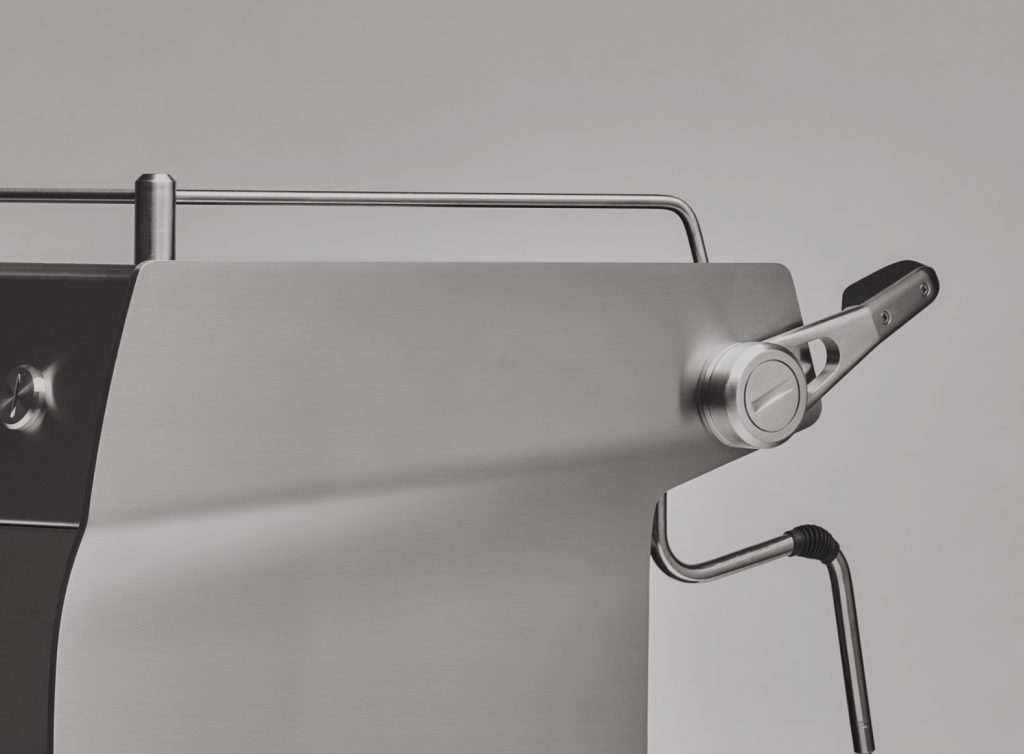


Synonymous with excellence in design, Italian style and innovation, MOMODESIGN was founded as a design house within the MOMO Group, later evolving into a lifestyle brand aimed at finding innovative solutions linked to safety and the excellence of Italian-made products. The Centro Stile represents the company’s strategic lynchpin. In 2020, the international jury of the 26th Compasso d’Oro ADI award presented the Centro Stile with its most prestigious prize for Italian design. The group’s collaboration with Rancilio began in 2018 with its design for the Rancilio Specialty RS1 coffee machine, selected as one of the products for the ADI Design Index 2019.
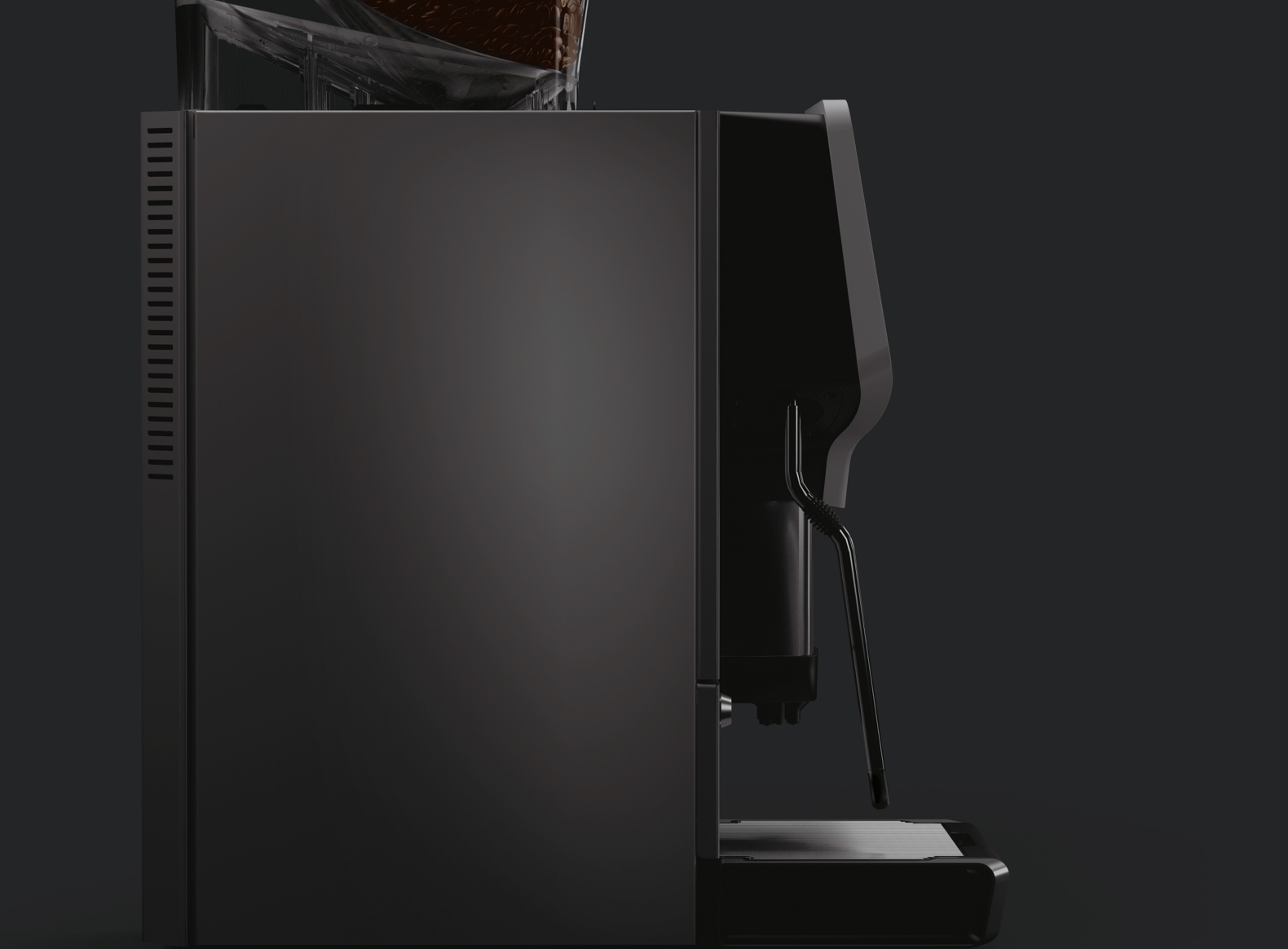
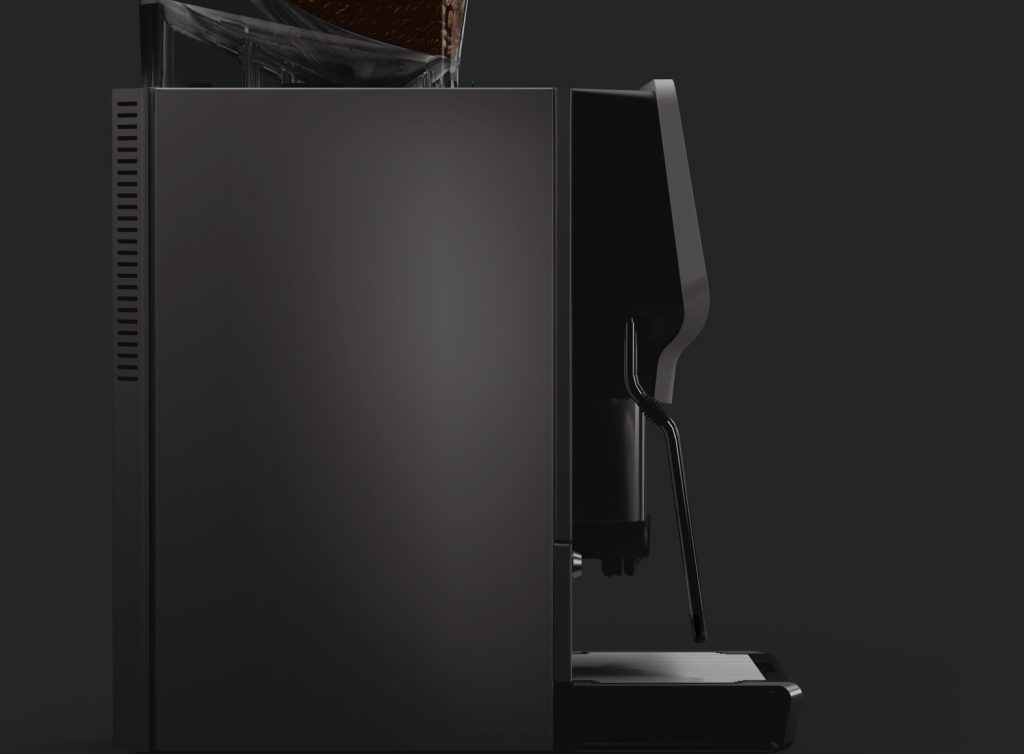

mmdesign
This strategic consultation firm for product design works with companies in various sectors of industrial production across Europe, Asia and America. The working group split across its branches in Bolzano, Milan, Singapore and São Paulo creates and develops each new project, also calling upon the help of a network of experts.In addition to the Compasso d’Oro and the Premio Nazionale per l’Innovazione, mmdesign has also been the winner of various editions of the IF award, the German Design Award, the Red Dot Best of the Best award, the Good Design Award in Tokyo and Chicago, and various selections of the ADI Design Index. In 2004, mmdesign designed the Rancilio Classe 6 and Classe 8, followed by the Egro Next super-automatic machine in 2018.
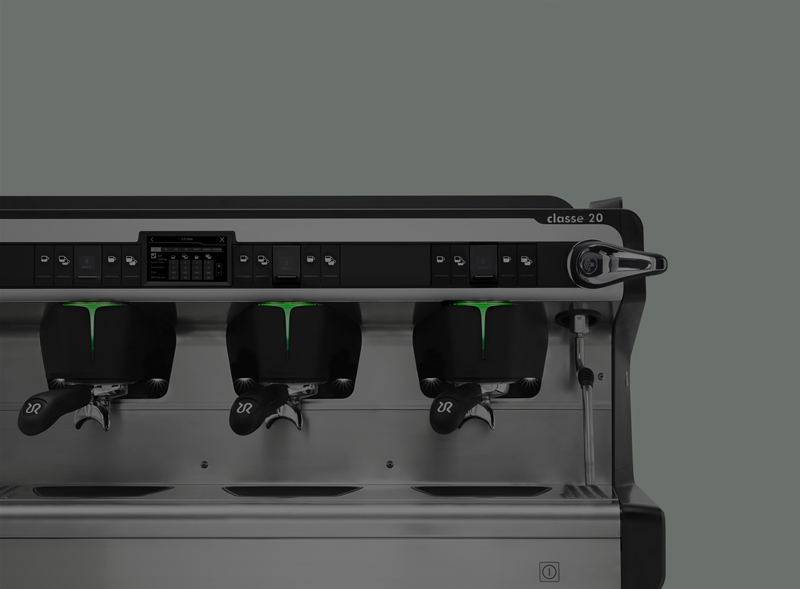

Matteo Costa
Matteo Costa graduated from the School of Architecture at the Politecnico di Milano in 2000 with a degree in Industrial Design. His early professional experience came in the form of developing new products and services in his work at various R&D companies. Since 2005, he has been working as a freelancer and manages a network of professionals who specialise in Product Design and User Experience, working in different areas: Consumer Electronics, White & Brown Goods, Lighting, Home & Building Automation, Sports & Fitness and Medical Devices. Over the years, he has worked for Benelli, Stoeger Airguns, Amiko, Rota Group, MeteRSit, ABB, BTicino, Groeneveld, Castaldi Lighting, Urmet, Illy, Arcelik and Bianchi Vending. His collaboration with Rancilio began in 2020 with his design for the Classe 20.
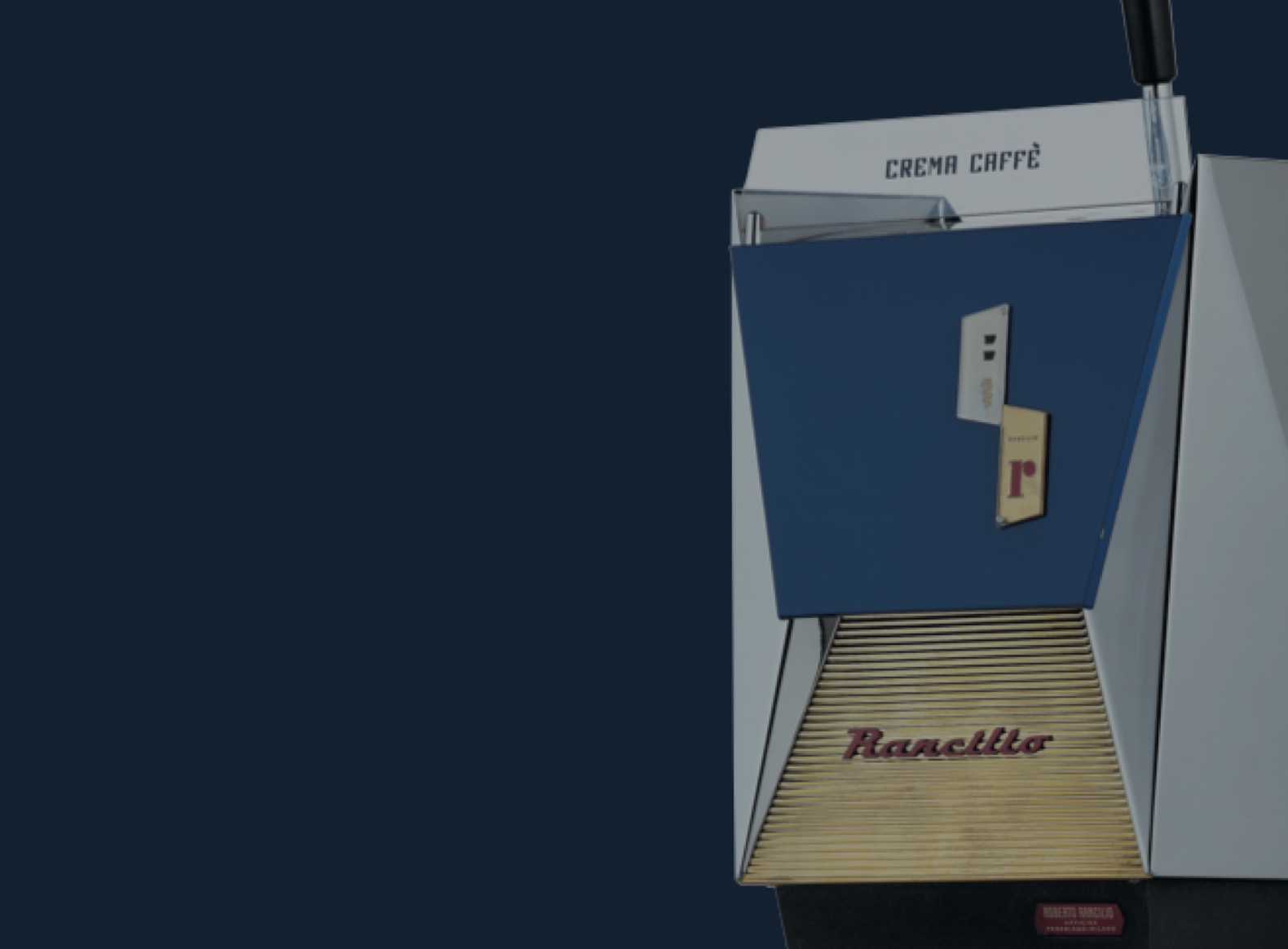
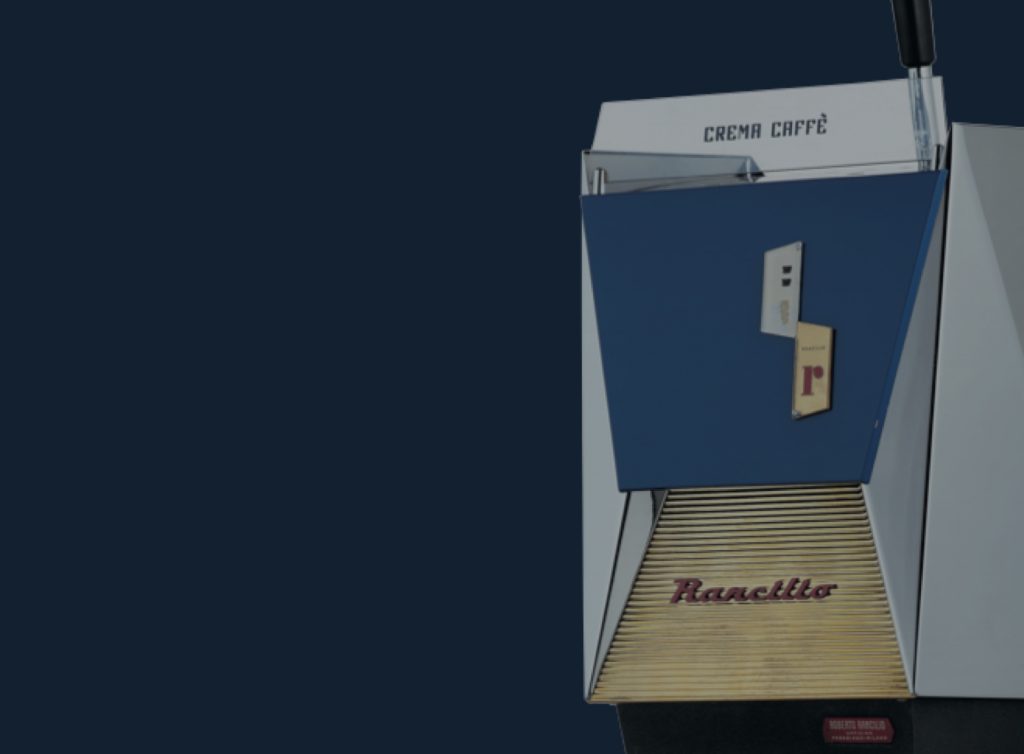
Giovanni Travasa
Giovanni Travasa was born in Parabiago in 1927. An architect, designer, and artist, Travasa established himself by designing three chairs for Bonacina: the Eureka (1957), the Eva (1965) and the Palla (1966), for which he won awards and prizes both in Italy and abroad. His collaboration with Rancilio dates back to 1954, when he was commissioned by Roberto Rancilio to design a new line of coffee machines. He designed two very successful models: the Ducale and the Alpina (1957). The following decade, he contributed to the creation of the various versions of the Senior Line and the High Line (1965).


Bruno Rossio
Bruno Rossio was born in 1953 in Milan, where he still lives and works as a designer. He designed highly successful products for Rancilio, such as the Z11 (1988), the S20 (1989), as well as the Audrey and the Rocky grinder (1985) for the Home Line. Rossio recalls his experience with Rancilio thusly: “From the first time we met, I remember having an immediate rapport with the managers of Rancilio. Any industrial design project is not a work of pure creativity, but rather the result of optimisation and balance in choices that are capable of satisfying all business sectors and that result in the right aesthetic, commercial and productive appearance. Rancilio has always been very meticulous about meeting these needs, but never forgetting just the right dose of courage to establish its name on the market.”


Renato Fusi
Renato Fusi was born in 1958 in Parabiago, where he still lives and works as an architect. The partnership between Rancilio and the designer gave rise to Millennium (1997), a product with a soft, almost welcoming shape and two-tone colour scheme resulting from a combination of steel and colour. Fusi recalls how “his collaborators’ technology, skill and ability to listen were undoubtedly Rancilio’s strong points”.


Claudio Bettini
Claudio Bettini was born in Bologna in 1962 and studied in Milan at the school of AG Fronzoni. He first joined Paolo Gallamini’s firm, where he designed technical documentation for helicopters, submarines and the subway in Washington DC. In 1987, he founded Cargoventuno along with other designers and architects. After this venture had ended, he continued to work as a freelance designer and graphic designer for both Italian and foreign companies. In 1995, he received an honourable mention at the 17th edition of the Compasso d’Oro awards for his design for an altimeter/variometer for free flight. In 1997, his firm – Bettinidesign – was commissioned by Rancilio to revamp the company image and design a new line of products. The result was the Epoca (1999) and the Classe 10 (2000).


George James Sowden
George James Sowden was born in Leeds, England in 1942. He studied at the Gloucester College of Art and moved to Milan in the early 1970s, where he still lives and works today. His career as a designer began at Olivetti. In 1981, he opened his own firm – Sowden Design – and was one of the founders of the Memphis group. A key figure in postmodern design, he has received awards both in Italy and abroad, including the Compasso d’Oro in 1991 for the 420 fax machine by Olivetti and in 1999 for the JP250 printer, also by Olivetti. For Rancilio, Sowden designed the Classe 12 (2001), a fully automatic coffee machine.


Gianfranco Salvemini
Gianfranco Salvemini was born in Milan in 1946 and studied at the Istituto Europeo di Design. In 1978, he began to work as an industrial designer under Makio Hasuike, and from 1980 to 1983, he collaborated as a freelancer at Design Group Italia. In 1984, he opened his own firm. That same year, he won the Compasso d’Oro Award for the FB 33 floor cleaner and polisher designed for Vorwerk. In 2011, he designed the Kryo 65 grinder/dispenser for Rancilio, which was chosen for the ADI Design Index 2012. Over the years, he has also worked for Philips, Mattel, Cinelli, Cimbali, Faema, Busnelli, Ideal Standard, Dasit, Beckman, Tecnel and Delta Electronics. For the ADI (Association for Industrial Design), he has worked on designs for the ‘new normal’ and design issues which affect disabled people. He is a founding member of the IIDD (Design for All Italia), the Italian chapter of the EIDD (European Institute for Design and Disability), which is headquartered in Dublin.
All the masterpiece designed during the collaboration:
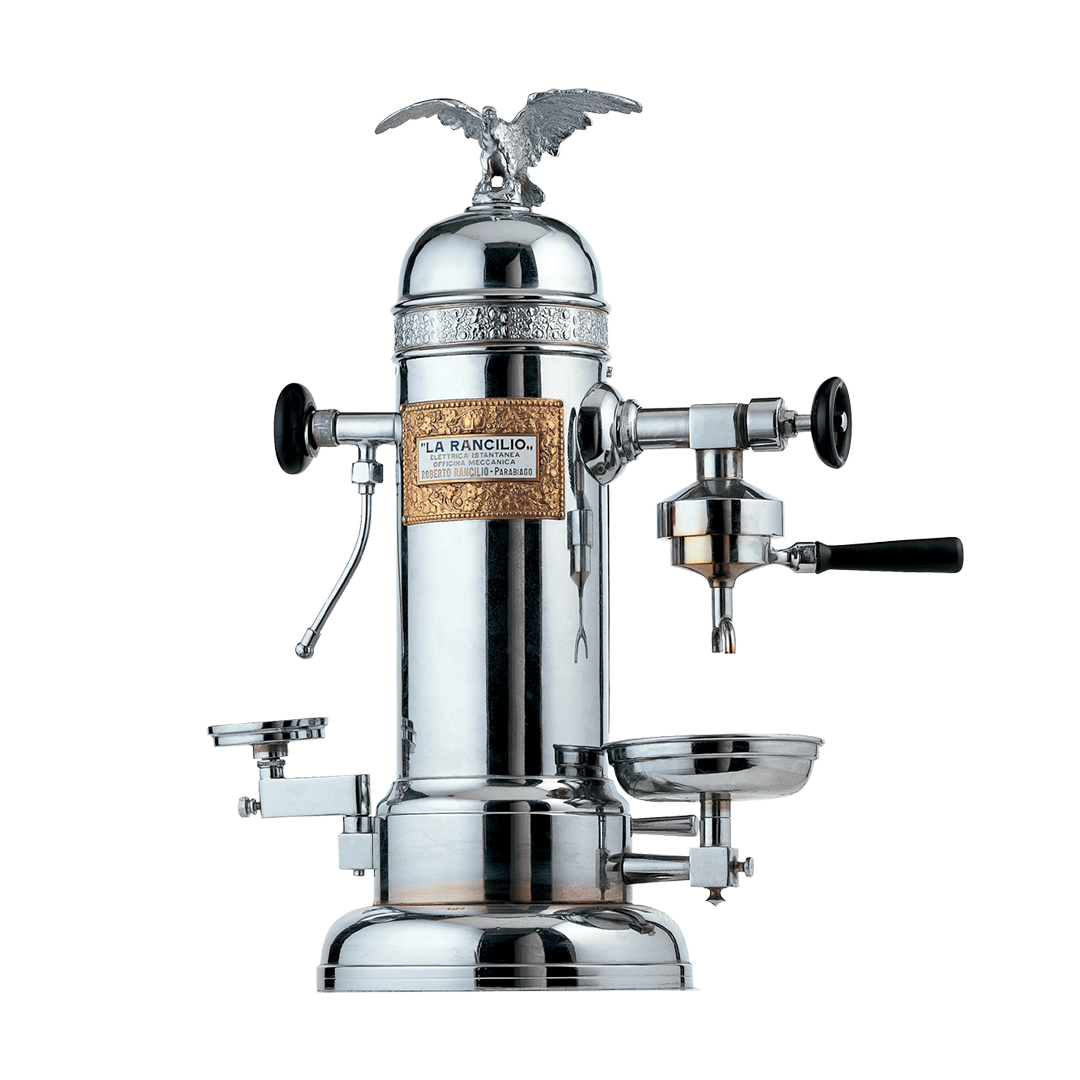
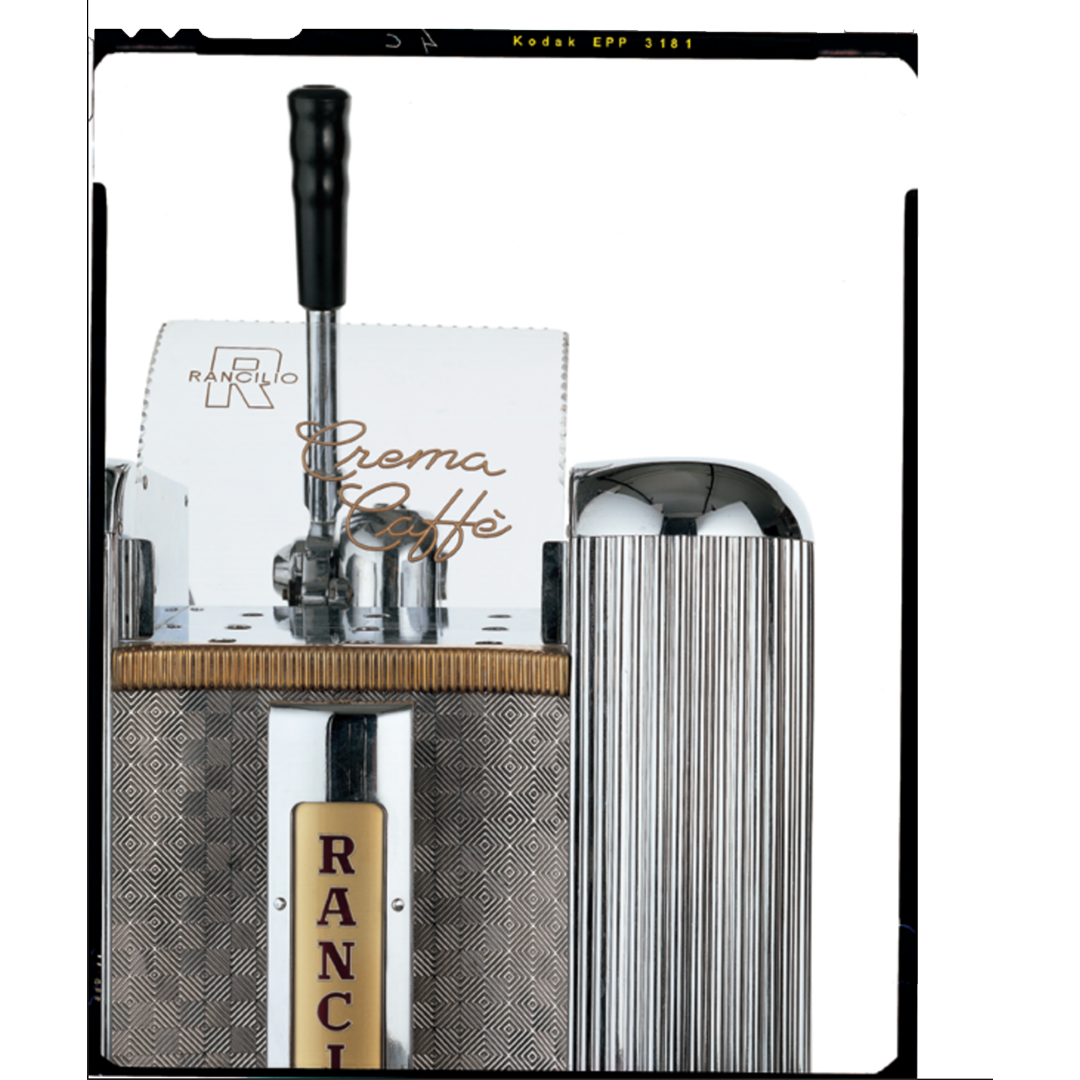
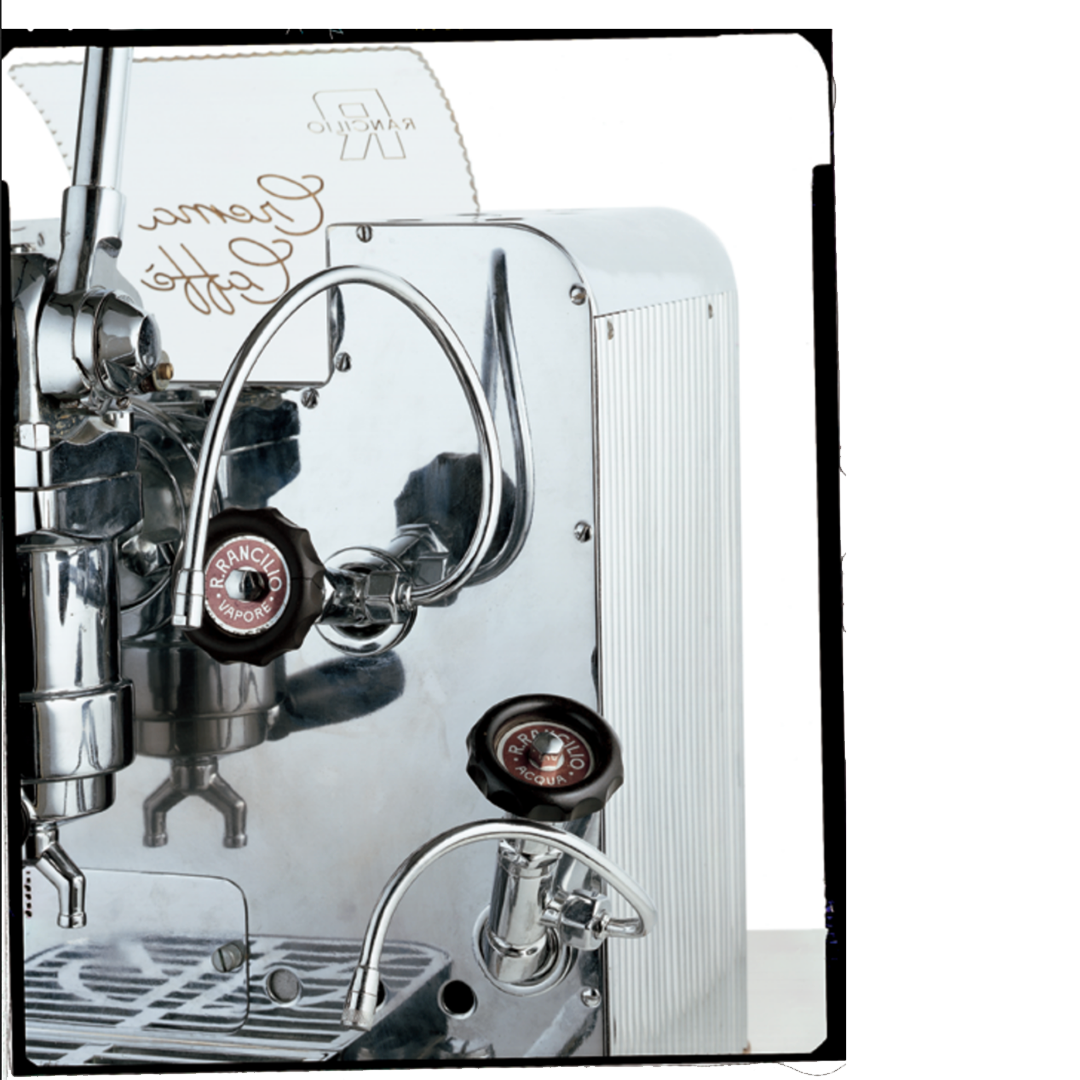
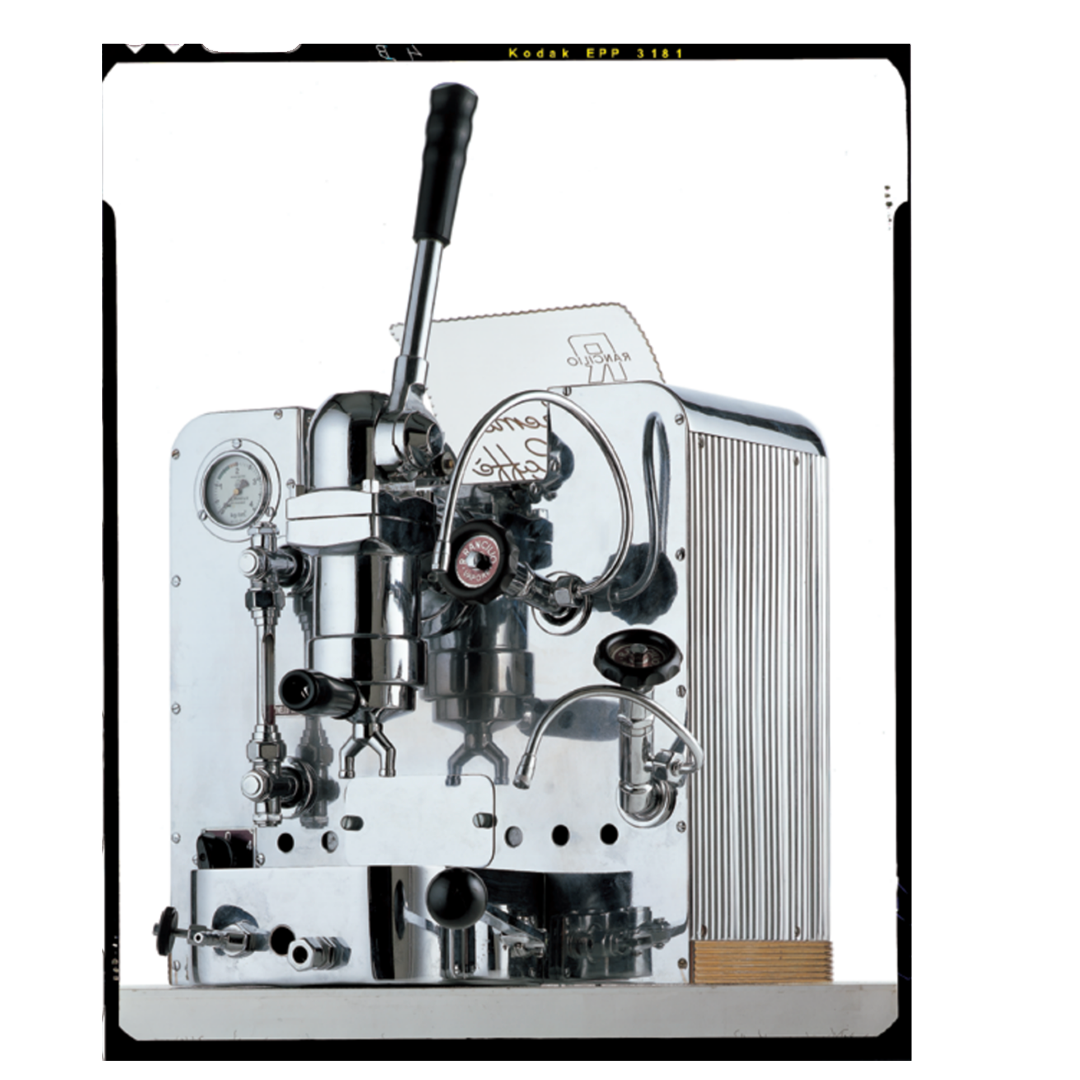
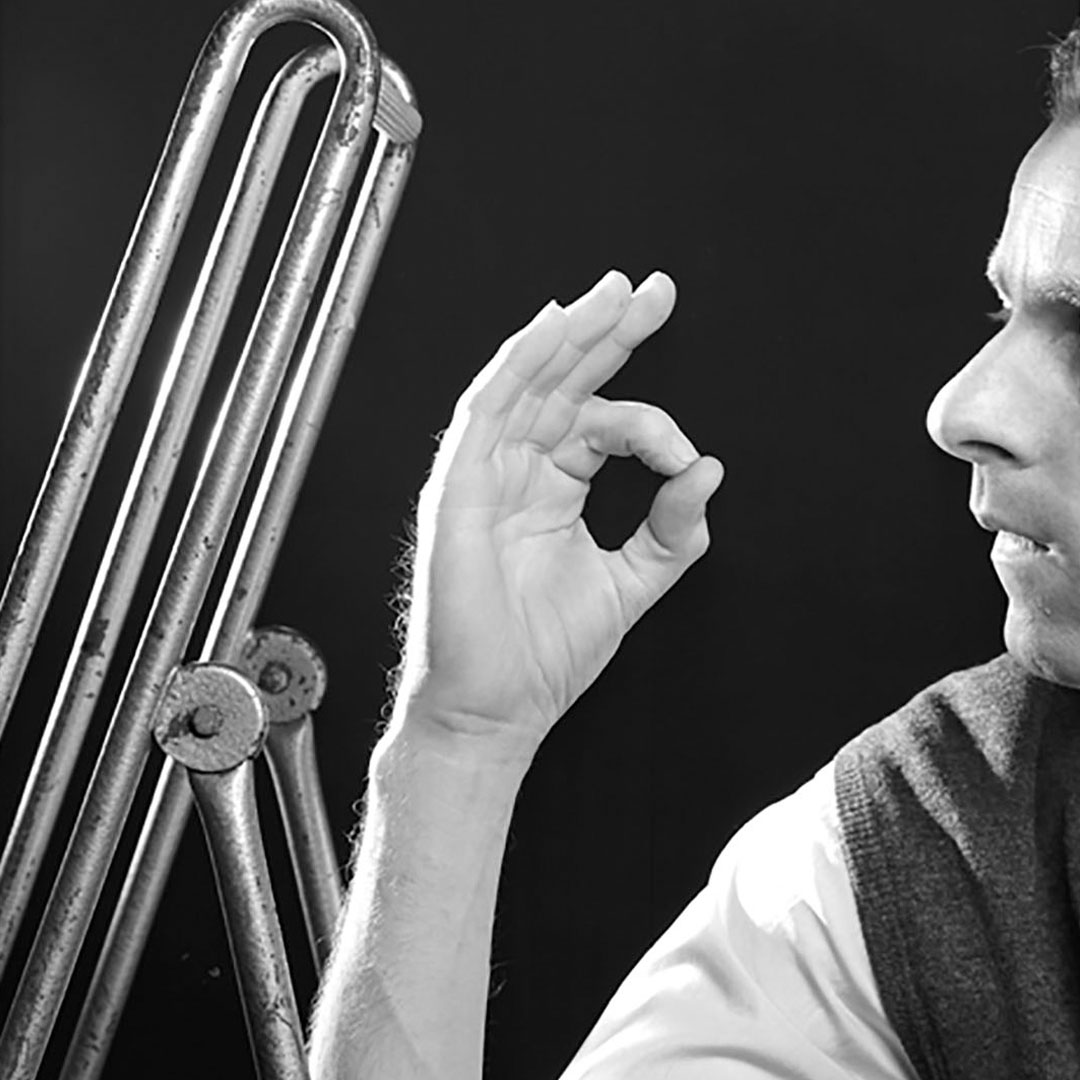
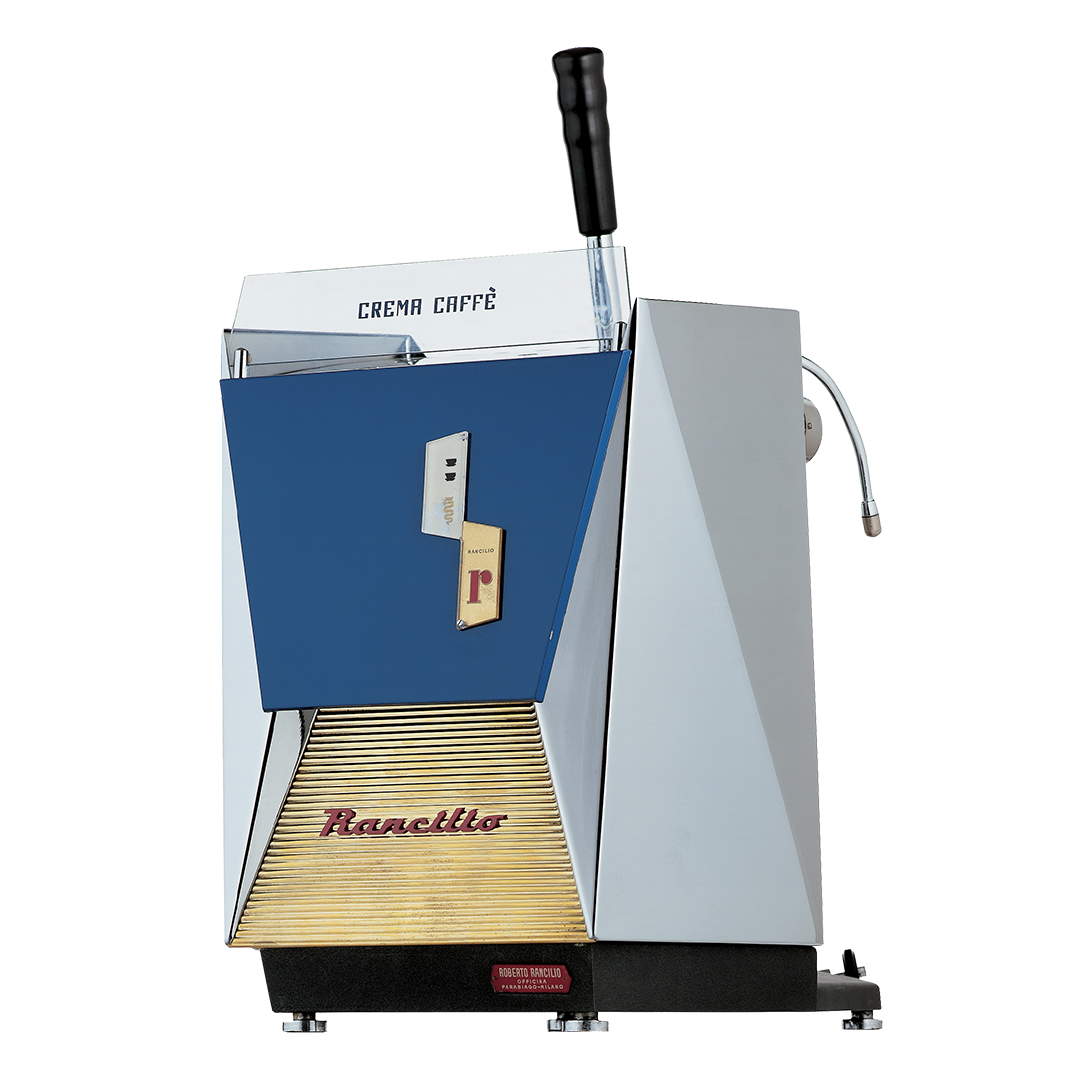
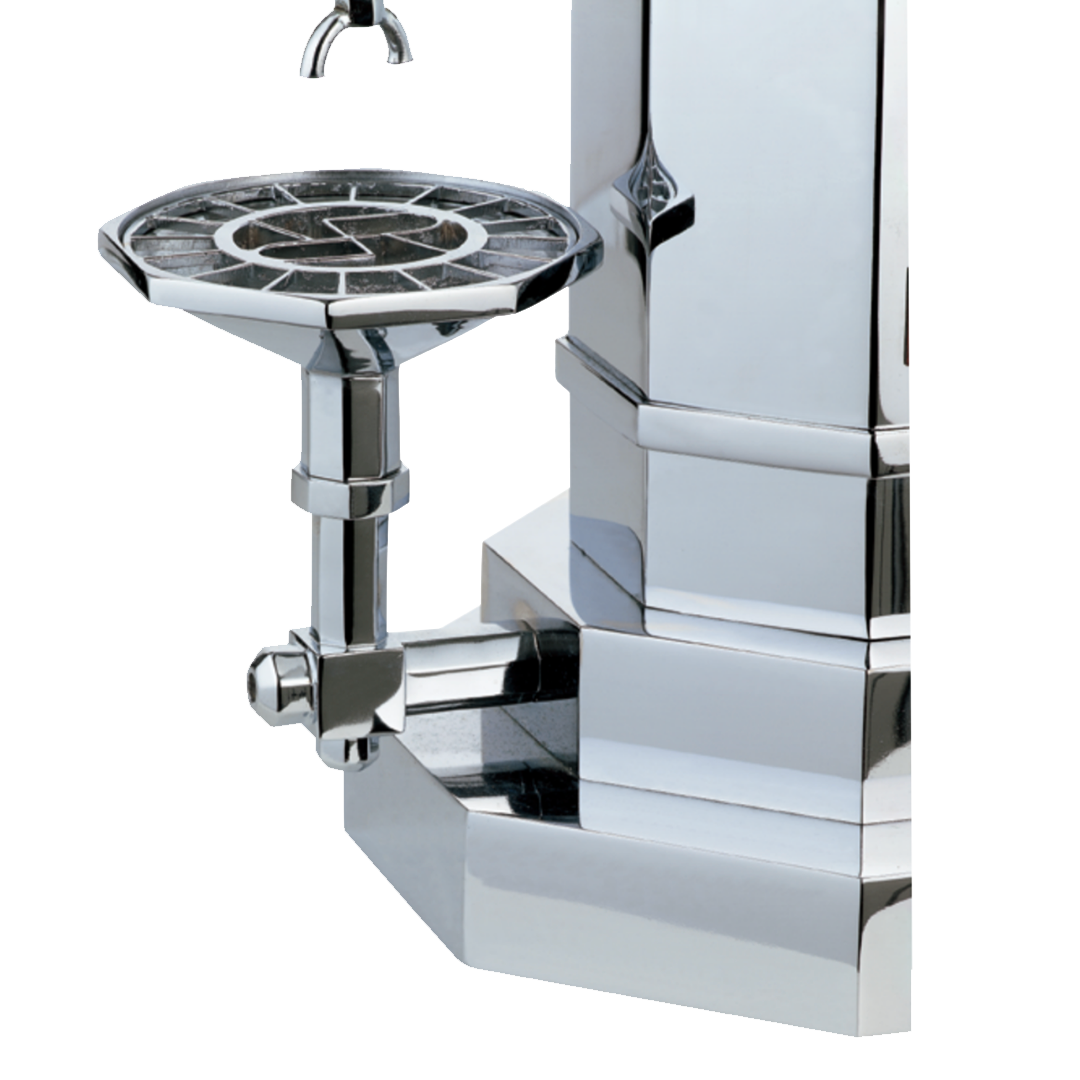
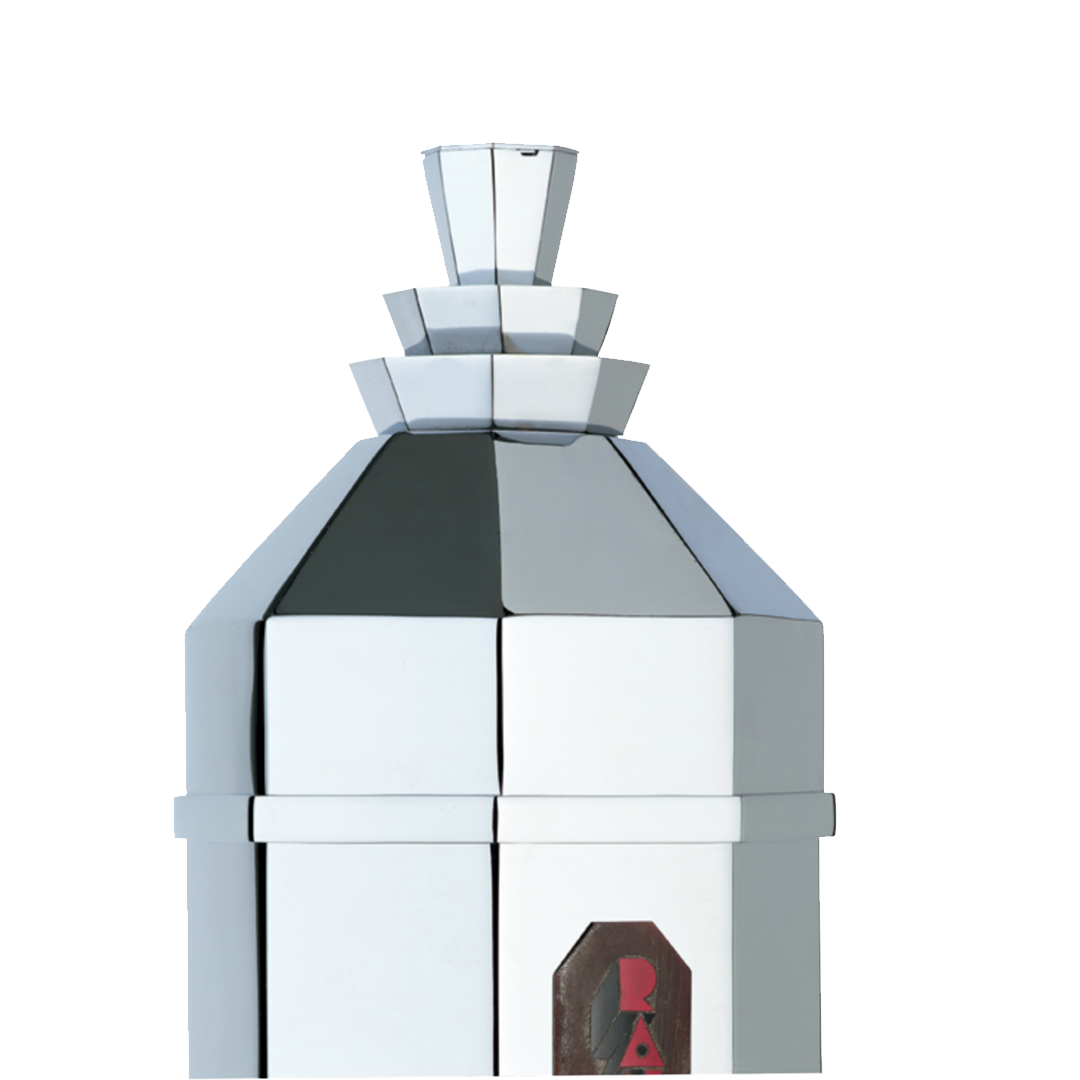
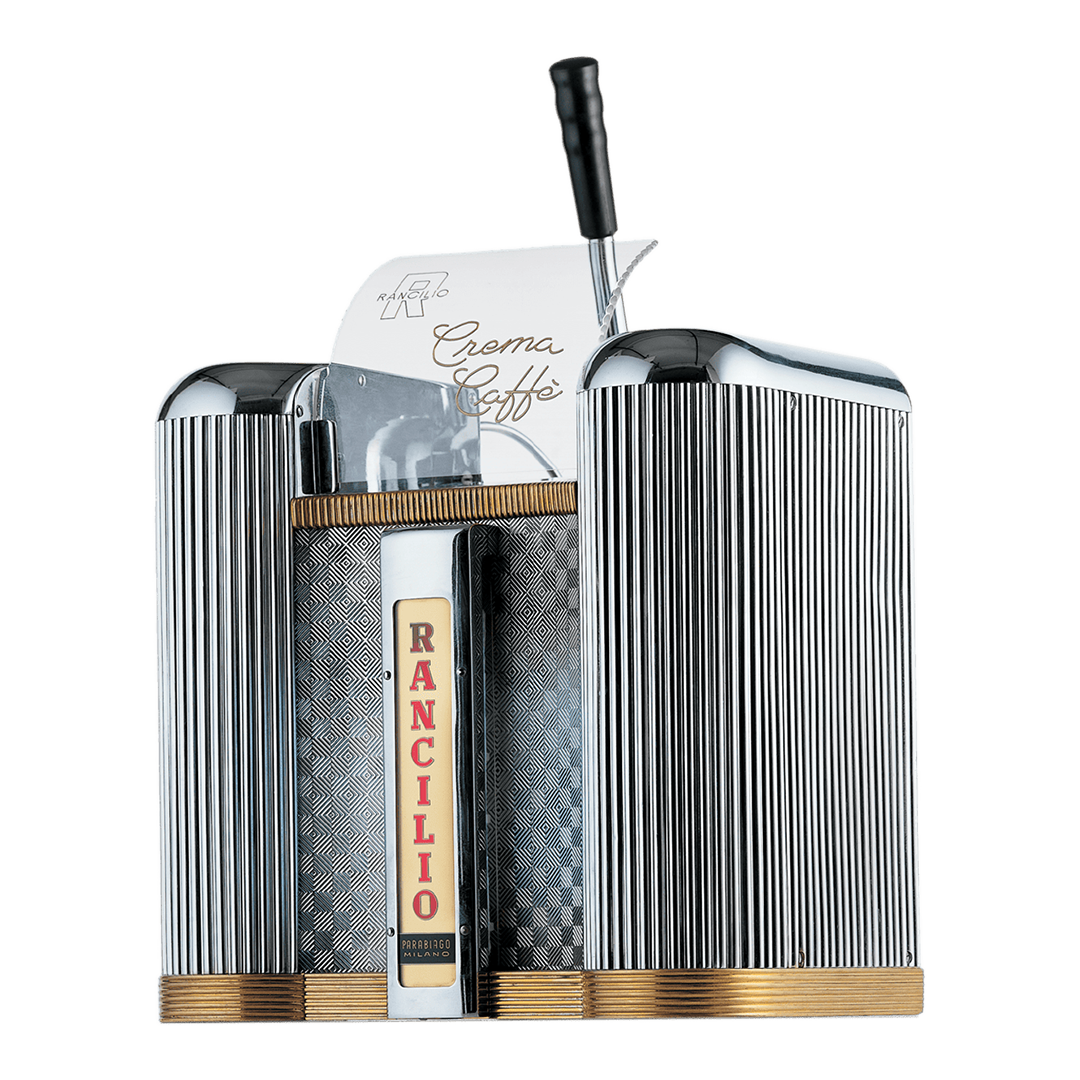
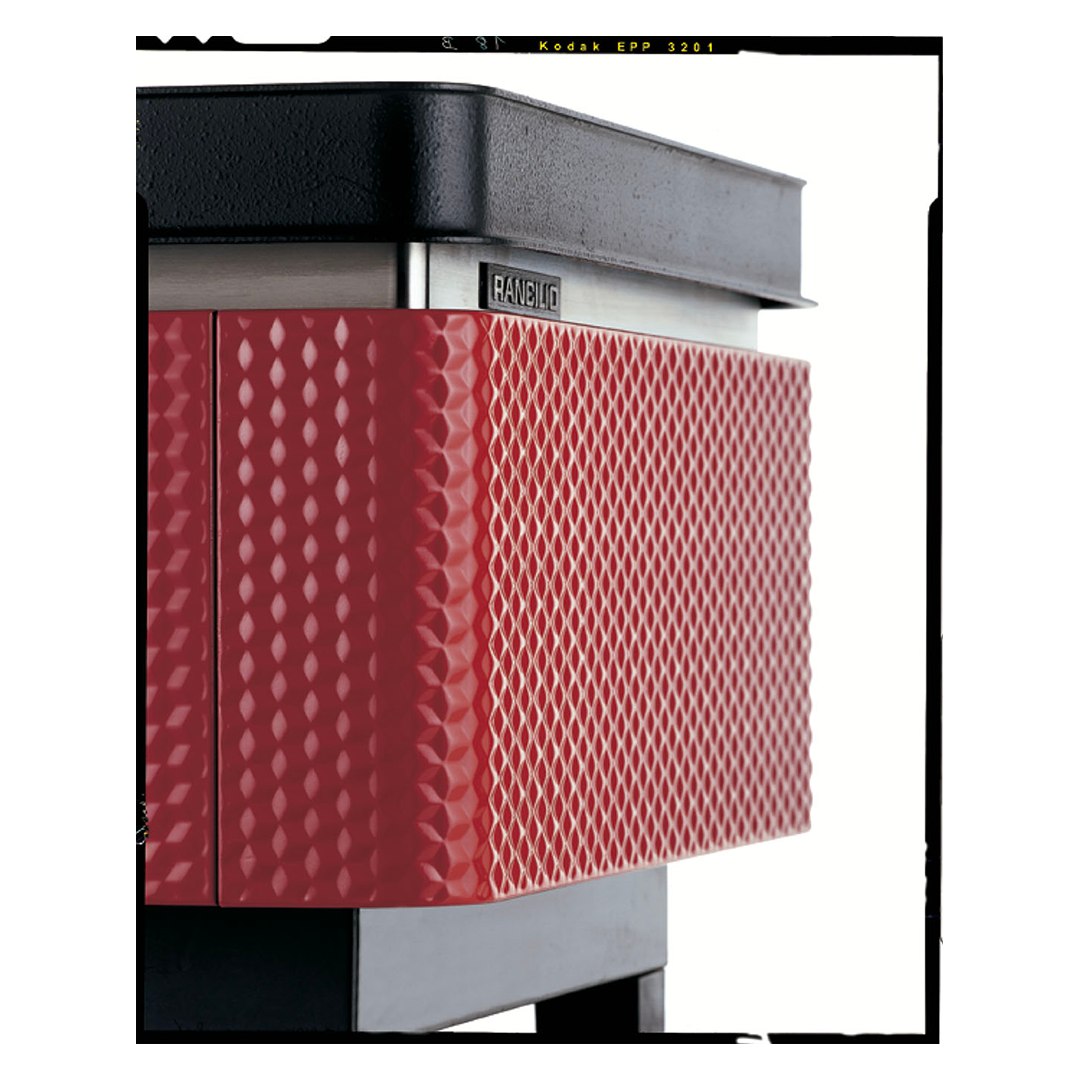
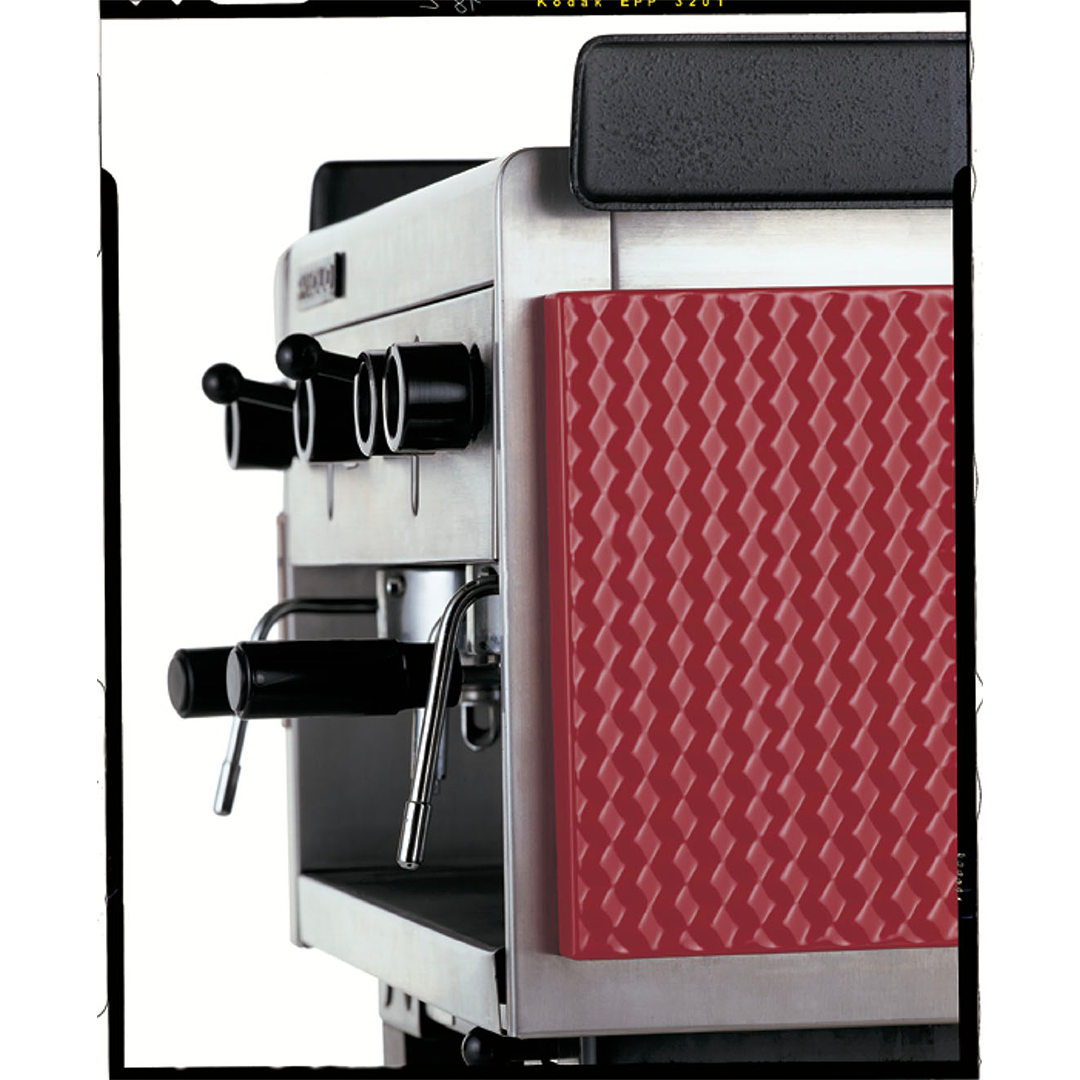
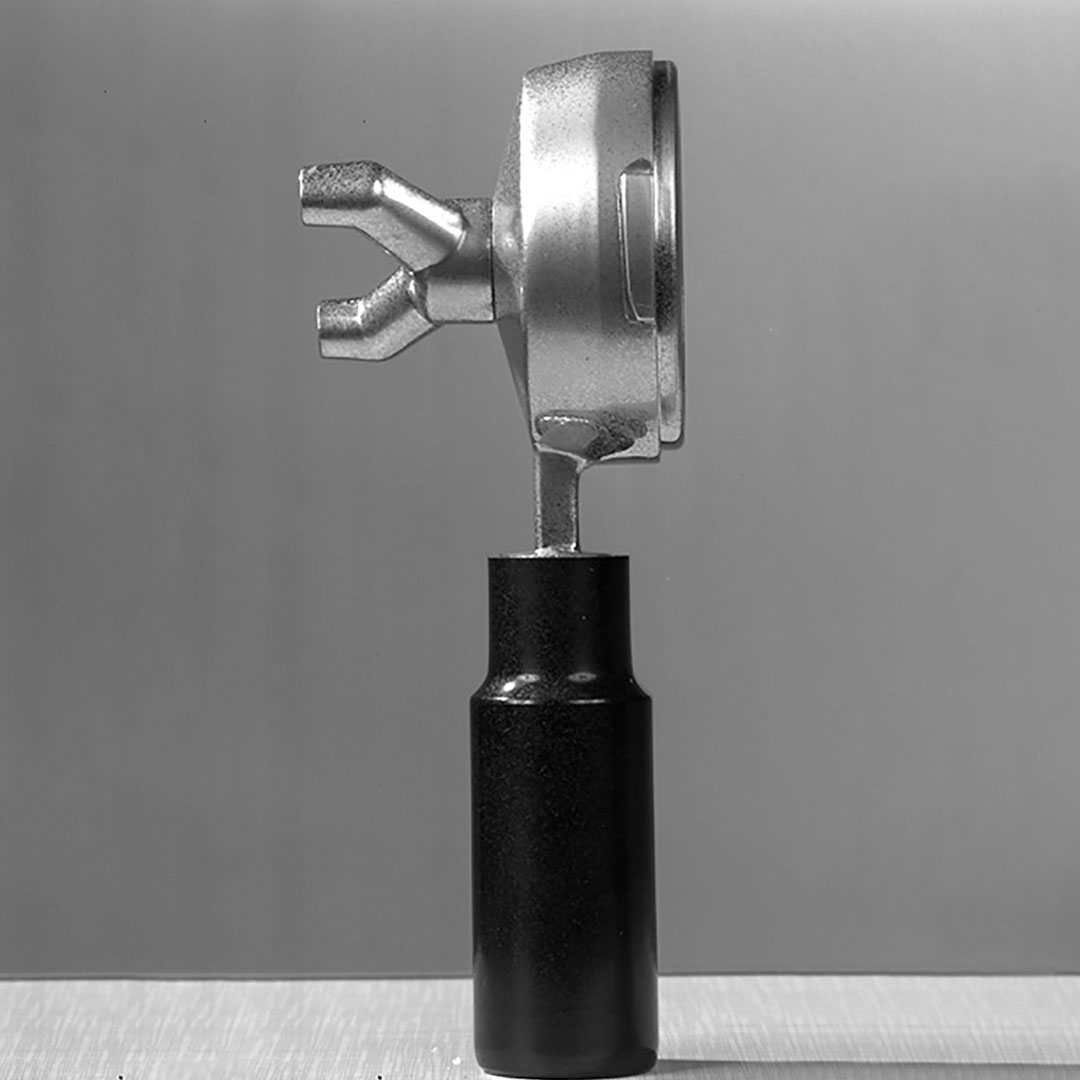

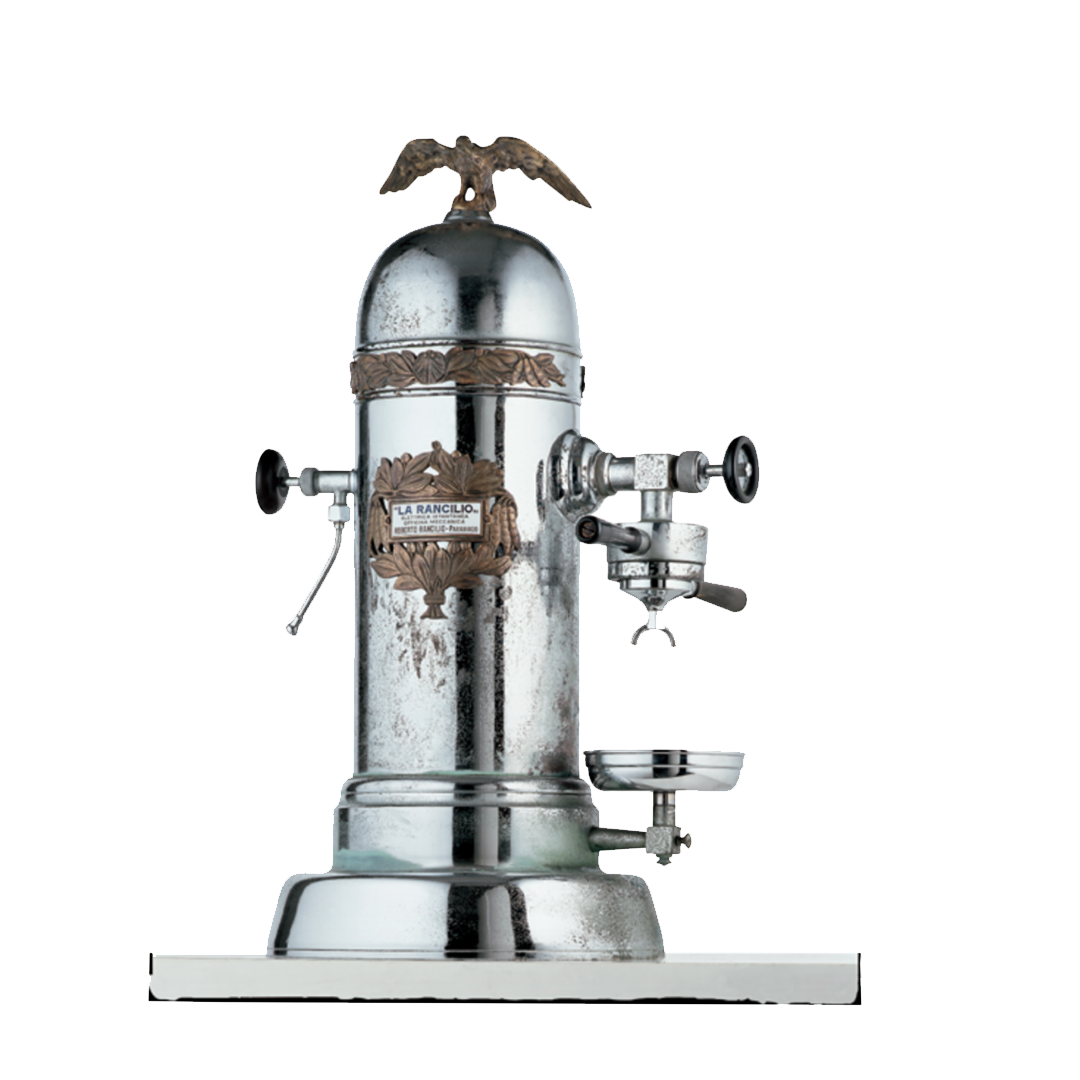








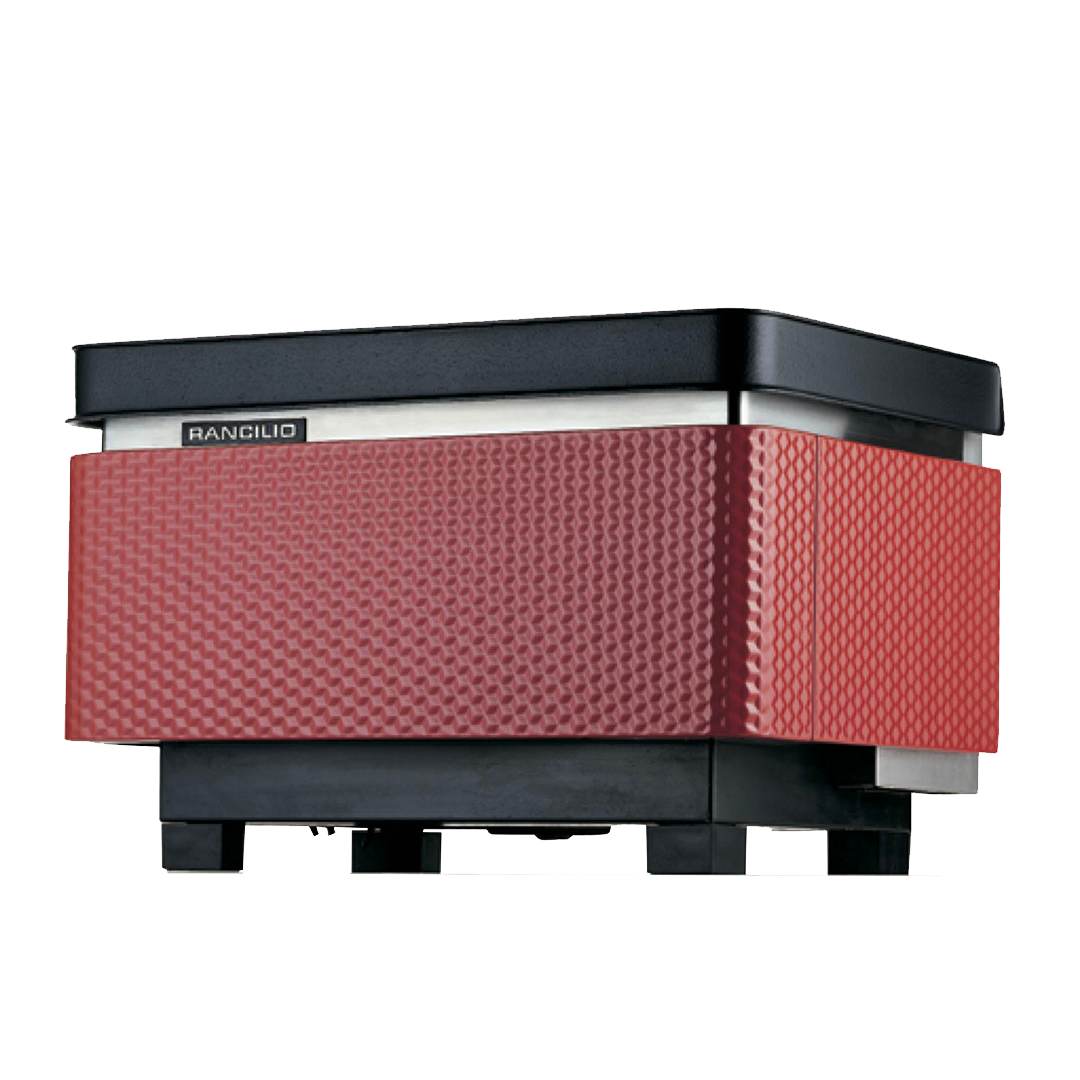

















Explore the world behind
Rancilio Group unites the stories of four brands. Stories of men, intuitions, entrepreneurial dreams, technological innovations, designs and patents that, over the years, have created the myth of an international company that produces professional coffee machines.










